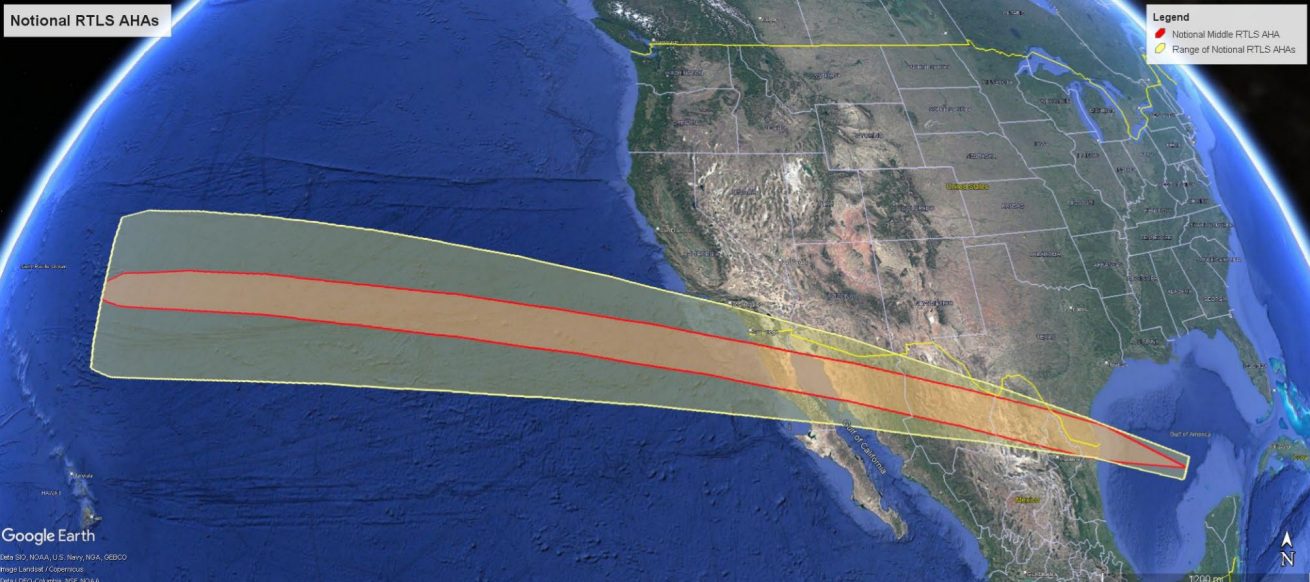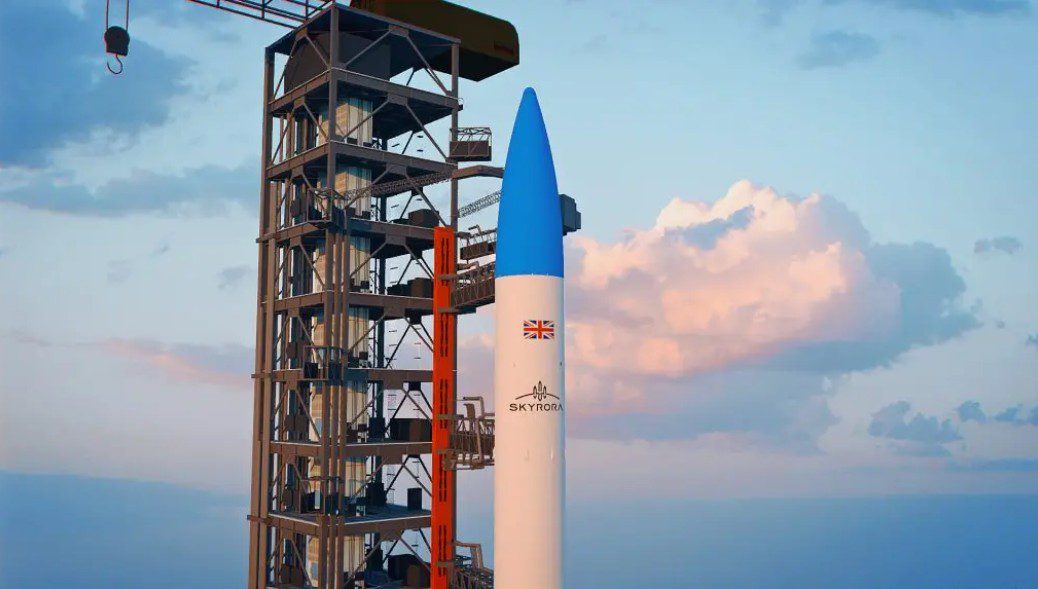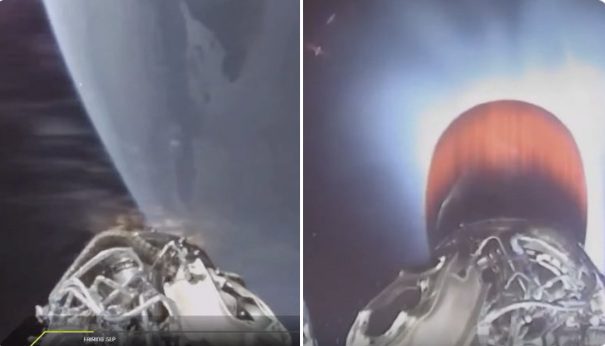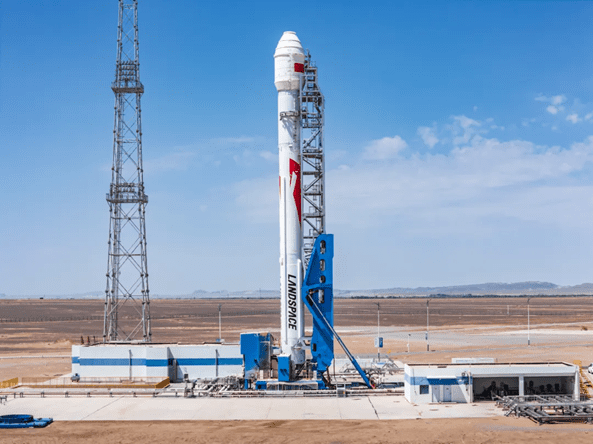At 1836 GMT, 12 December, an Arianespace Ariane 5 heavy-lift rocket lifted-off from the ELA 3, Kourou, French Guiana, carrying four spacecraft for the European global navigation satellite system, Galileo. The Ariane 5 flew in its rarely used “ES version”, meaning the usual ESC-A second stage has been replaced with the restartable EPS second stage. The mission payload was four GALILEO-FOC (Full Operational Capacity), spacecraft numbered FM-15/-16/-17/-18. The satellites were released in pairs into their intended orbit, a circular 22,922 km Medium Earth Orbit (MEO), separated by a 20 minute interval.
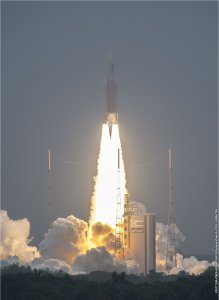
Ariane 5 ES puts four new Galileo satellites into orbit. Courtesy: Arianespace
With the successful completion of this mission, four more Galileo spacecraft have been added to the constellation bringing the number of active satellites up to 22, just two off of a full-strength fleet. The next Galileo launch is scheduled for mid-2018, and will involve another four-satellite Ariane 5 mission. If successful it will result in a fully-fledged 24-satellite Galileo constellation with two additional in-orbit spares.
This launch marks the 11th and last Arianespace mission of the year. 2017 has seen six Ariane 5 flights in addition to two Soyuz and three Vega missions. Arianespace’s next mission is scheduled for 25 January, and will see a more routine Ariane 5 ECA carrying two commercial communications satellites – SES-14 and AL YAH 3 – to GTO.



